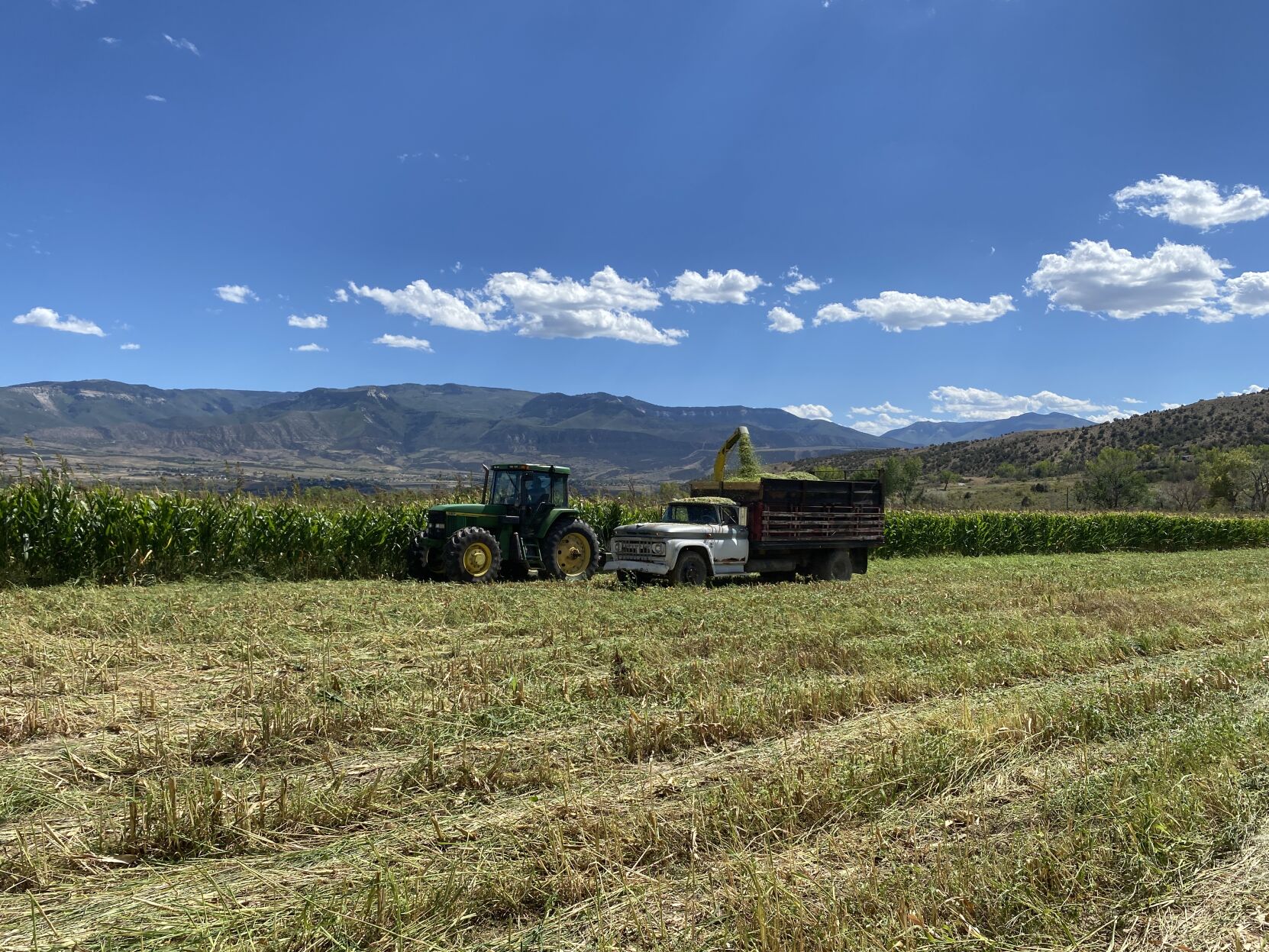It was fun the last few months following the custom harvesters in High Plains Journal. It amazes me when I see and read about the new harvest equipment and think of the acres per day that are harvested.
America has always been exceptionally good at scaling solutions to complete a needed job. Doesn’t matter if the combine is green, red, or maybe silver, you can expect that a nominal amount of grain is lost in the field as the custom harvest crews cut wheat, corn, and milo for the farmers starting in Texas and moving north to the Canadian border.
I remember my mother-in-law talking about harvest time in Haskell County, Kansas, back in the ’50s, ’60s and ’70s. She said there would be a line of grain trucks backed up all the way out of town waiting their turn to unload at the elevator.
Today the harvest goes so fast with the big equipment, you better not nap, or even blink, or you might miss it.
The stories and pictures this summer shared in HPJ by the contributing custom harvesters gave me the idea to contrast in a short story what we do on a ranch at De Beque, Colorado, on the western slope.
It’s a big ranch with lot of country that includes flood-irrigated farm ground, Bureau of Land Management, Forest Service, and oil company leases. We’ve been in a drought for a long time so the cow numbers are less than they used to be. The ranch holds onto the weaned calves for about 3 months and backgrounds them with silage, ground corn, protein, and hay.
Chopping the corn silage is where the contrasting story comes into play. The ranch equipment is quite old and small compared to the High Plains harvesters. We got started cutting near Parachute, Colorado, about 10 days ago. We moved the equipment up to the farm to help a fellow farmer with his first year of growing corn silage.
When we arrived and got started my boss asked the farmer, “What time do you guys break for lunch?” The farmer said, “None of us eat lunch.” My boss said with amazement, “Wow, I’d save lot of money with your guys. My crew loves to eat and has probably never missed a harvest meal.”
I drive a 1966 Ford 2-ton silage truck every year. We spray linseed oil in the bed and the silage slides out nicely when dumped in the pit. At lunch one day I told the ranch hand pulling the 2-row John Deere corn cutter with the John Deere 7410 tractor, that, “I saw on the Machinery Pete website a 7410 with 11,000 hours for sale.” I said jokingly, “I bet you can get 15,000 hours on this one—the way you maintain it.” He looked at me rather dryly and said, “Yep, that shouldn’t be a problem.”
We don’t have pheasants in our fields, but each year there are bears. It’s a lot of fun to watch from the silage truck the bear cubs sticking their heads out the rows of corn and wondering what’s going on. After a few days when the field is getting pretty small, the bears make a run for it and head off to a big willow patch or a tree lined arroyo. They always come back every year.
Once the silage is packed in the pit the job’s about done. But not long after the elk make there way from the river bottom to the silage pit. A few years ago, the boss noticed a bunch of elk in the pit at night following harvest.
He told one of the ranch hands, “Those cow dogs of yours seem smart. Why don’t you stake them up at night adjacent to the silage pit? I bet they’ll keep the elk away.” He did and for a few nights and the elk stayed away. The boss was feeling pretty good about his common-sense idea. About the fourth night, the ranch hand got up early to go get his dogs. They were wide awake, intently watching about 15 elk munching on the ensilage in the pit. The boss still laughs about his short-term solution.
Our operation in contrast is quite different from the High Plains harvesters, but the hard work, fun, and pride describes us all.



